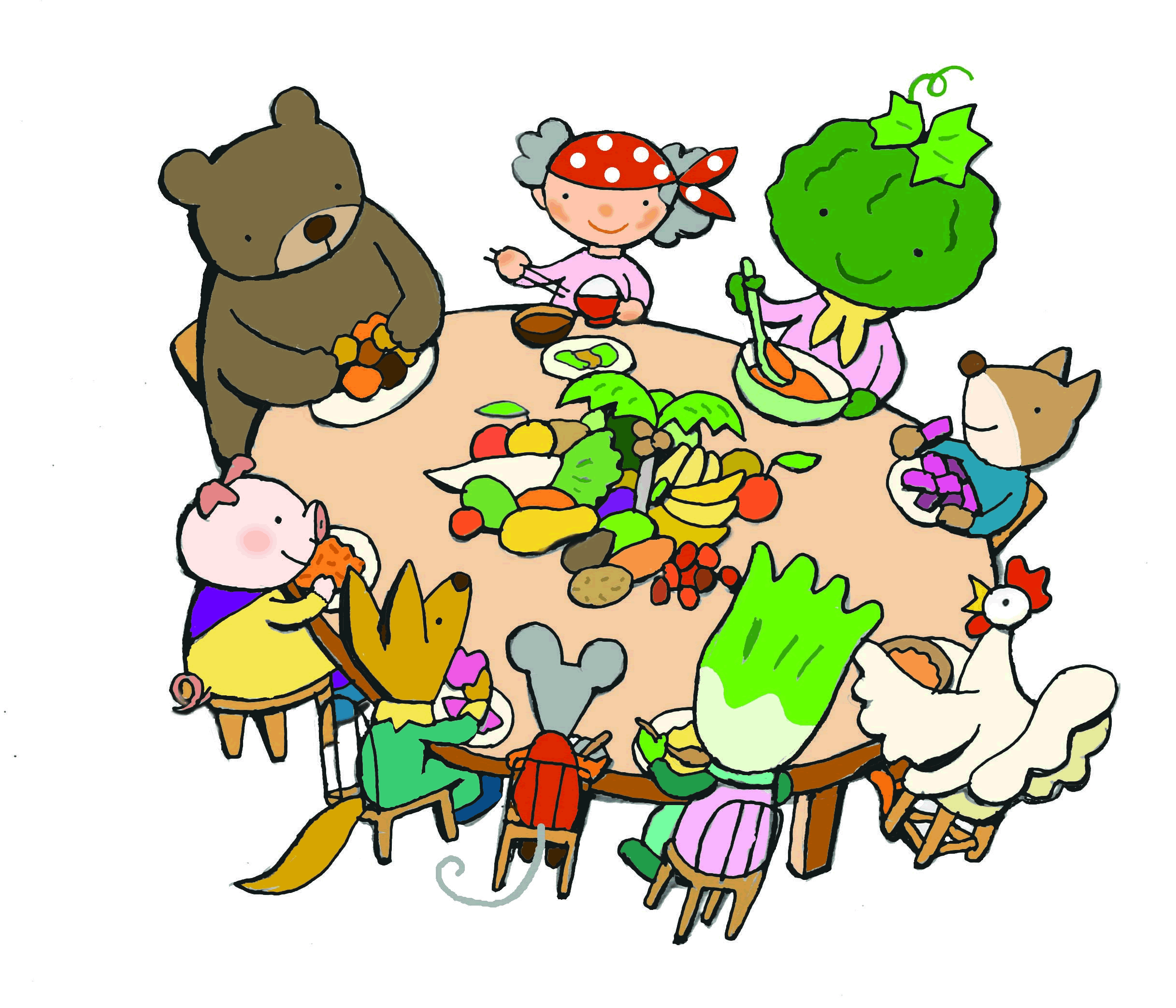To be a tourist in Japan can be both wonderful and frustrating at the same time. There is a lot to discover and many truly beautiful places to visit. For people who come to Japan for the first time, the delicious food is always one of the highlights, even if most menus are still only printed in Japanese. Oh well, sometimes sign language and a nice smile will save the day. And a little confusion can be a fun story to tell, at a later date.
However, the Japanese government seems hell-bent on further increasing the number of foreign tourists, without any concern for the real problems.
Popular places like Nara and Kyoto suffer from severely over-crowded roads. Even near the most famous temples and shrines, there are no efforts to ban cars and facilitate pedestrian safety. Last fall I was surprised to see thousands of visitors stand in line to get to see the illumination at Kiyomizu Temple, while taxis and even large coach buses were trying to reach the same spots on the narrow slopes. It wasn’t chaotic, but if an emergency had happened, there would have been no way for an ambulance or fire trucks to arrive.
Tokyo has the only proper tourist information center to cover all of Japan, located in a small office near Tokyo Station, and while their website is very good, most tourists prefer to use guidebooks written by foreigners. Smaller offices elsewhere are understaffed and can’t deal with all kinds of requests. For over 13 million foreign visitors arriving to Japan in 2014, that is clearly not enough. But the government seems hell-bent on counting heads (and revenue) rather than really considering the consequences.
Tourism is a service industry with very direct consumer issues. Hotels that don’t have non-smoking rooms, or restaurants with poor service, can ruin the experience of an expensive over-sea trip. For example, how are tourists supposed to know that there is almost no space for suitcases on the Shinkansen? Many promises are made that cannot be kept, but there seems to be nowhere to turn with legitimate complaints.
(English version of Martin’s essay published in CUJ’s Shouhisha Report No. 1569)

